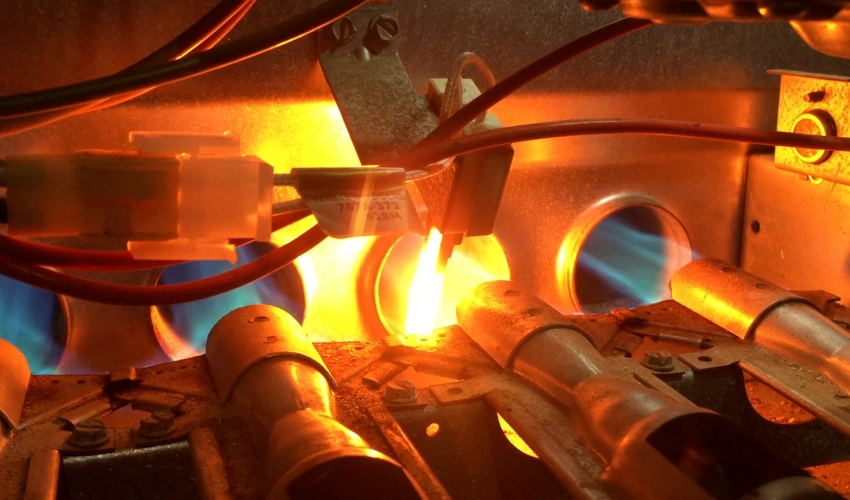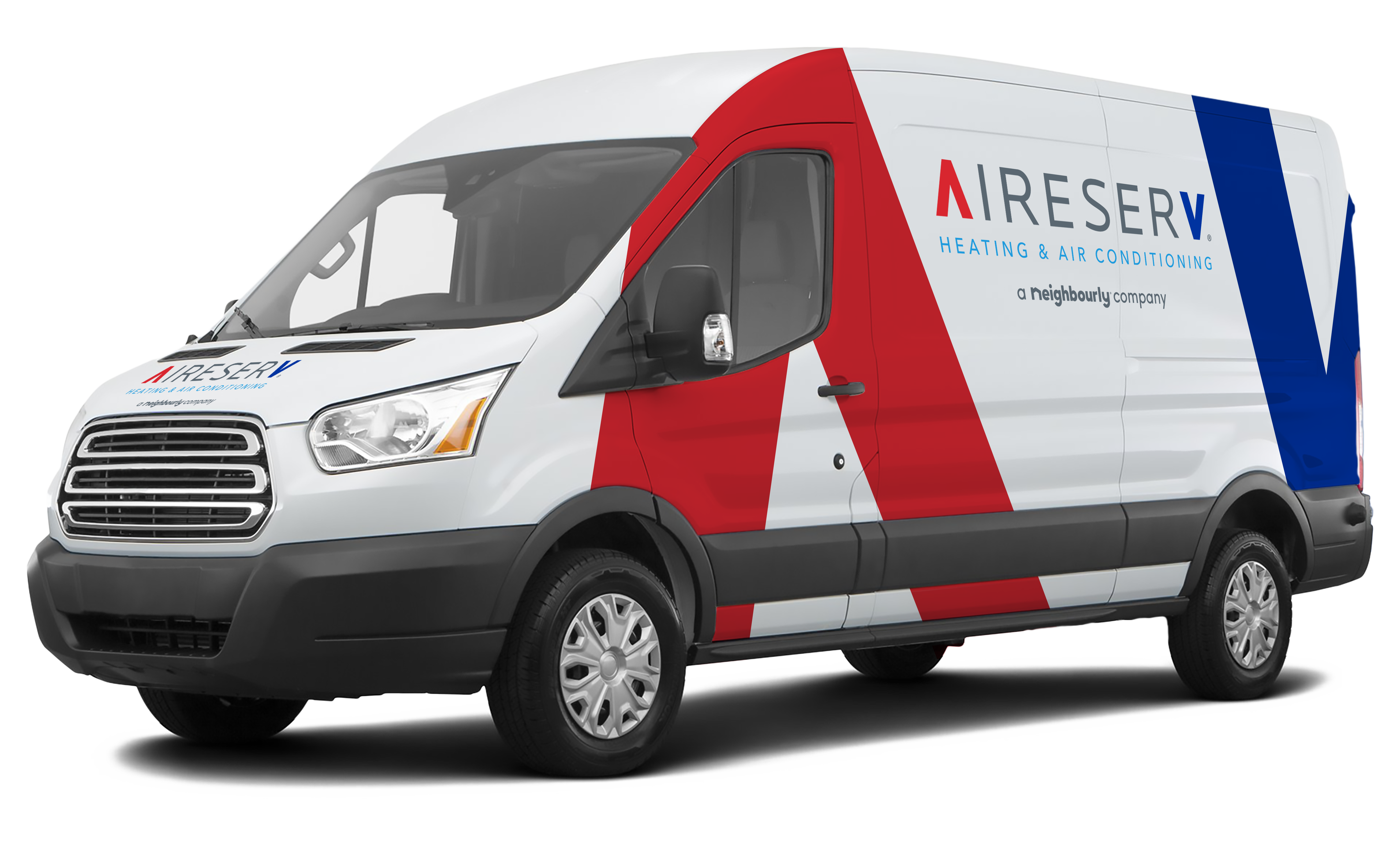
A low groan from the basement, a disconcerting clunk, or an acrid odour emanating from the vents—all are signs of a furnace overheating. Whether caused by restricted airflow, mechanical failure, or old age, an overheating gas or electric furnace can be a hazard to your home.
But how do you determine the root cause?
Let the HVAC service professional at Aire Serv® provide some insight into what causes furnace overheating, and offer troubleshoots as well!
How Do I Know If My Furnace Is Overheating?
A clunk, a whine, a wheeze arises from the vents! Something has gone awry with the furnace! A malfunctioning furnace could be the result of any number of faulty components or failed systems. However, a furnace overheating will likely exhibit some (or all) of the following symptoms:
- What’s That Smell?
A burning scent or the odour of hot metal or other components coming through the vents can be the first and most obvious indicator of a furnace overheating. - Bump in the Night
A furnace suffering from overheating may make any number of clunks, bangs, or may operate unusually loud. This could be indicative of a malfunctioning component, an overexerting blower motor, or other device failures. - On Again, Off Again
Overheating within the furnace could trip several safety features causing the entire unit to shut down. The furnace may then attempt to reheat and then, once again, be cut off by a safety device. This continuous start-stop loop and lack of function could be from overheating.
What Should I Do If My Furnace Is Overheating?
If your unit is showing some of these symptoms, it’s time to take a closer look. Oftentimes an overheating furnace can be linked to lack of airflow, component failure, or just plain old age. Let’s take a closer look at what may be behind these likely scenarios of furnace overheating.
Airflow
Inadequate airflow will eventually cause a furnace to overheat. Airflow may be restricted for a number of reasons.
From filters to vents, we recommend inspecting the following:
- I Need to Vent
Vents should be the first to be investigated. Make sure that the vents throughout the house are not blocked by furniture, rugs, or other objects that could be restricting airflow. - Unfiltered
A clogged, dusty, or otherwise dirty air filter within the furnace could be the next culprit for furnace asphyxiation and overheating. Filters should be changed quarterly to maintain furnace efficiency. - Duct and Cover
A quick examination of the ductwork leading to and from the unit could uncover the source of poor airflow and an explanation for an overheating furnace.
Faulty Components
Along with restricted airflow to the unit, a faulty or damaged component could be the source for electric and gas furnace overheating.
Here are a few elements to inspect:
- Coil and Toil
A damaged or soiled evaporator coil (either located inside the air handler or attached to the furnace) could lead to cycling and overheating of the furnace. Inspect for dirt or possible wear, and clean if needed. - Low Blow
A blower fan inhibited with dust and dirt could lead to a furnace overheating. Investigate for possible mechanical damage as well.
If you have an electric furnace, certain components may be causing the overheating. Take a peek at these particular elements when faced with electric furnace overheating:
- Sequencer
The sequencer controls the fan and acts as a buffer between electrical and heating elements by providing power in stages. A sequencer failure can affect fan timing and result in an erratic or overactive limit switch. - Limit Switch
Designed to turn off the current to the heating elements, a limit switch is not suited for the frequent off-and-on operation. Repetitive activation can cause the limit switch to fail. - Wire Connections
Wires tied into terminals can potentially work loose and result in melted wire insulation or other malfunctions, which could end in overheating or another malfunction.
Old Age
It’s just a fact that age will eventually begin to wear on your furnace components. If your furnace is nearing 15-20 years of use, some of the elements may likely be already starting to fail. In this instance, the best course is usually to consult a professional to repair or possibly replace the ageing furnace.
Breathe Easy with Furnace Services from Your Local Aire Serv
In many instances, proper maintenance and some easy fixes like replacing air filters can lower the likelihood of an electric or gas furnace overheating. With that in mind, mechanical failures should be left to professionals. A misguided DIY fix can be dangerous to your home and family. For anything beyond duct checks and filter changes, call Aire Serv HVAC pros today or request an appointment online.

